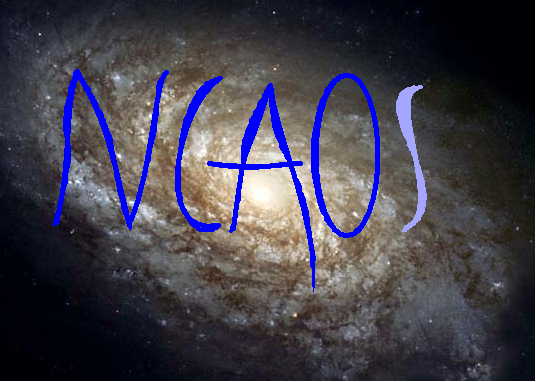
May is one of the best astronomical months this year. On 7.5.2003 Mercury will pass trought the Sun and we will be able to see the planet as a black circle. the secon event-the lunar eclipse-will be on 16.5. and will be seen in Europe, Africa and Asia. But the most spectacular event will be on 31.5. (the last day of May). The solar eclipse will be seen in the morning as an annular eclipse in a small area between Greenland and Island. People in Europe, Asia and America will only see a partial eclipse!
The comet NEAT, after the perihelium, is now visible in the southern emisphere, as a 5mag. "star" and it's easy to find with a 10x50 binocular. But after Kudo-Fujikawa and NEAT there's also Juels-Holvorcem (C/2002 Y1). Now the comet is at magnitude 7.0 , but it's perihelion is on 3.4.2003 so we can expect that the comet went (at least) to 6mag or 5mag!
That�s the new bright comet. C/2002 V1 NEAT will be at maximum brightnes in the morning of 19. february 2003. the previsted magnitude of the comet is -1. But because of the short distance from the Sun we can watch the comet only until 13.february (1,5 mag.). That�s a great notice. So now we can watch at least 2 comets in our sky: Kudo-Fujikawa and Neat!!!
On December 15th the planet of the rings will be in opposition. But not only in opposition! Every 30 years Saturn come to the closest distance to the Earth. So that�s a very important event. Don�t miss it! Go out and see how close can be Saturn to you.
Last news from space. There�s a new comet for the northen hemisphere�s astronomers. C/2002 X5 (Kudo-Fujikawa) is the name of the bright comet in the sky. Now it�s magnitude is about +7, but when it came in perihelion it�s magnitude will be near -2. But it will come too close to the Sun (5 degrees), so we can�t see it.
This year is maybe the last year to see a leonids tempest, because in 2003 Jupiter will divert the orbit of the meteoroids.The previsted ZHR(Asher&McNaught) is around 3600 for the first maximum in Europe and 16000 for the secomd maximum in North America. But both the maximums will be disturbed by the Moon. The photos of the shower will be avalible as soon as possible after the maximum.
